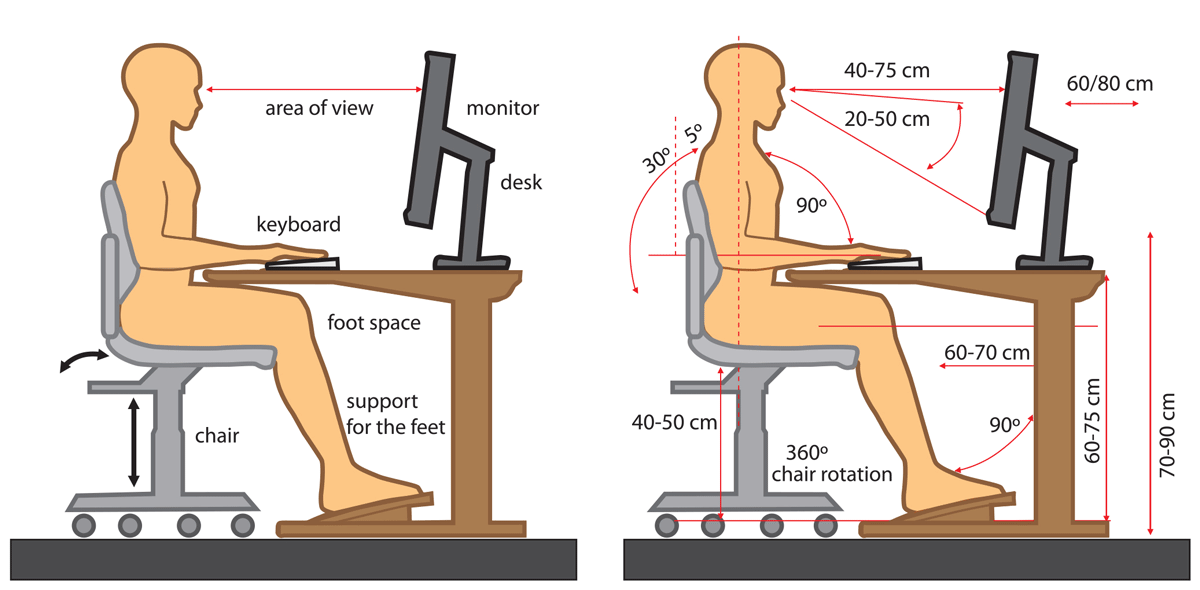Saratoga Senior Center Calendar
290 West Ave., Suite 1, Saratoga Springs, NY 12866 • 518-584-1621
September Events at the Center!
Poetry/Storytelling
Open Mic
Friday, September 13, 1 pm | $5 suggested donation.
The program will begin with a reading by local poet Maggie Greaves followed by the open mic. Each open mic participant has
five minutes to read two short poems or one long one. Storytellers have five minutes to tell, narrate or perform their piece. If you are reading a poem or storytelling, please be respectful of your fellow writers by reading for five minutes or less. Lite refreshments will be served.
Faylor, Melnicoff and Chirignan Trio
Sunday, September 29, 2 pm.
Join Melinda Faylor, piano; Melanie Chirignan, flute; Laura Melnicoff, cello; and Mercedes Soriano, artist for their performance at the Saratoga Senior Center.
Saratoga Arts made this program possible through the Community Arts Regrant Program, funded by the New York State Council on the Arts with the support of the office of the Governor and the New York State Legislature.
Save the Date – Saratoga Senior Center’s Annual Open House in partnership with CDPHP Healthy Neighborhood
Saturday, October 5, 9 am – 1 pm.
Join the Saratoga Senior Center for their annual open house and a sampling of all the Center has to offer! More information to come.
This event is supported by CDPHP and Home of the Good Shepherd. The interactive programs are supported by Saratoga Hospital and Capital Area Physical Therapy and Wellness.
Bus Trips (Open to the Public)
Bethel & Woodstock, NY Bus Trip
Wednesday, November 6.
Enjoy a guided tour of the Museum at Bethel Woods. This guided tour of the museum is an “Explore the 60’s” program, which will include discussions with teaching artists, art activations and will be focused on the Woodstock Music and Art Fair. Boxed lunch will be provided. After the tour & lunch, you will stop in Woodstock, NY on the way home to explore and shop. Must sign up by 10/23. Call (518)584-1621 with any questions or to sign up. (Meals are not included)
Trip Cost: $82 per person
New York City, NY Bus Trip
Wednesday, December 4.
There is no place quite like New York City at Christmas time. Spend a day on your own shopping at the winter village in Bryant Park, visiting the tree at Rockefeller Center, or experiencing a magical performance by the Radio City Rockettes. Whatever you choose, it’s sure to be a wonderful day! You will be dropped off at Bryant Park. Call (518)584-1621 with any questions or to sign up. (Meals are not included)
This bus trip is sponsored by Home of the Good Shepherd.
Trip Cost: $62 per person
Free Presentations
(Open to the Public)
“A Life Worth Supporting”
Monday, September 16 | 1 pm.
Presented by Gateway House of Peace
Join Kathleen Lowes, former board member and owner of Townley & Wheeler Funeral Home with Executive Director, Maggie Hasslacher, for the informative presentation about advanced planning and Gateway House of Peace. Come learn about Gateway House of Peace and how they support individuals and their families.
Resilience
Monday, September 30 | 1 pm.
Presented by Barry Loffredo
Life is burdensome a lot of the time. If you expect to be happy all the time, you will be sorely disappointed. Learn how to work up a resistance for the hard times.
Self-Management Techniques for Arthritis
Monday, September 23 | 10 am.
Presented by Sara Brown PT, Saratoga Hospital Regional Therapy Center
Join us for an informative session focused on managing arthritis and enhancing your well-being through effective self-care strategies. This event will explore the crucial role of mobility and nutrition in alleviating symptoms and improving quality of life. Learn practical exercises to maintain joint flexibility, discover dietary choices that reduce inflammation, and gain insights into daily habits that can help you manage your arthritis more effectively.








